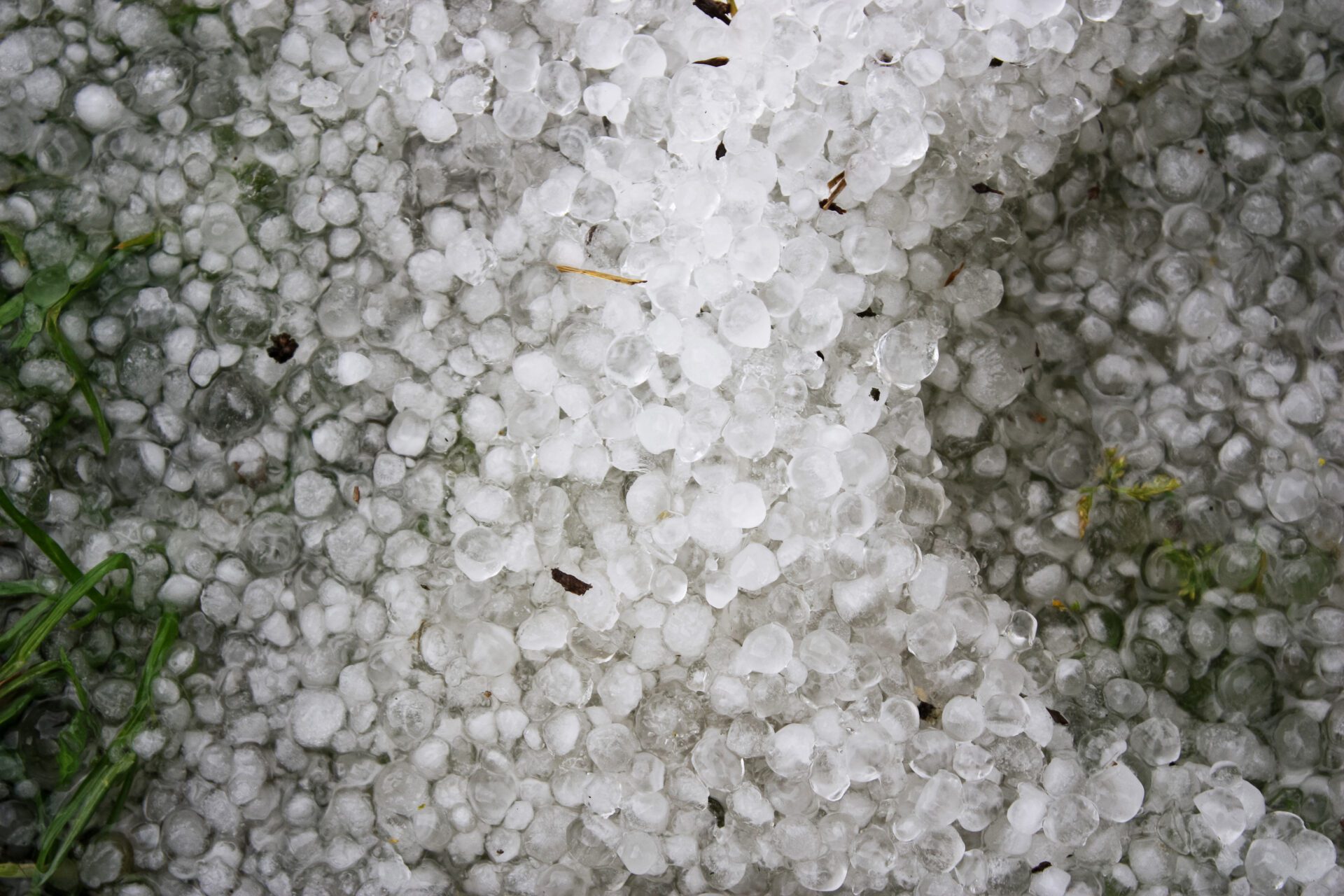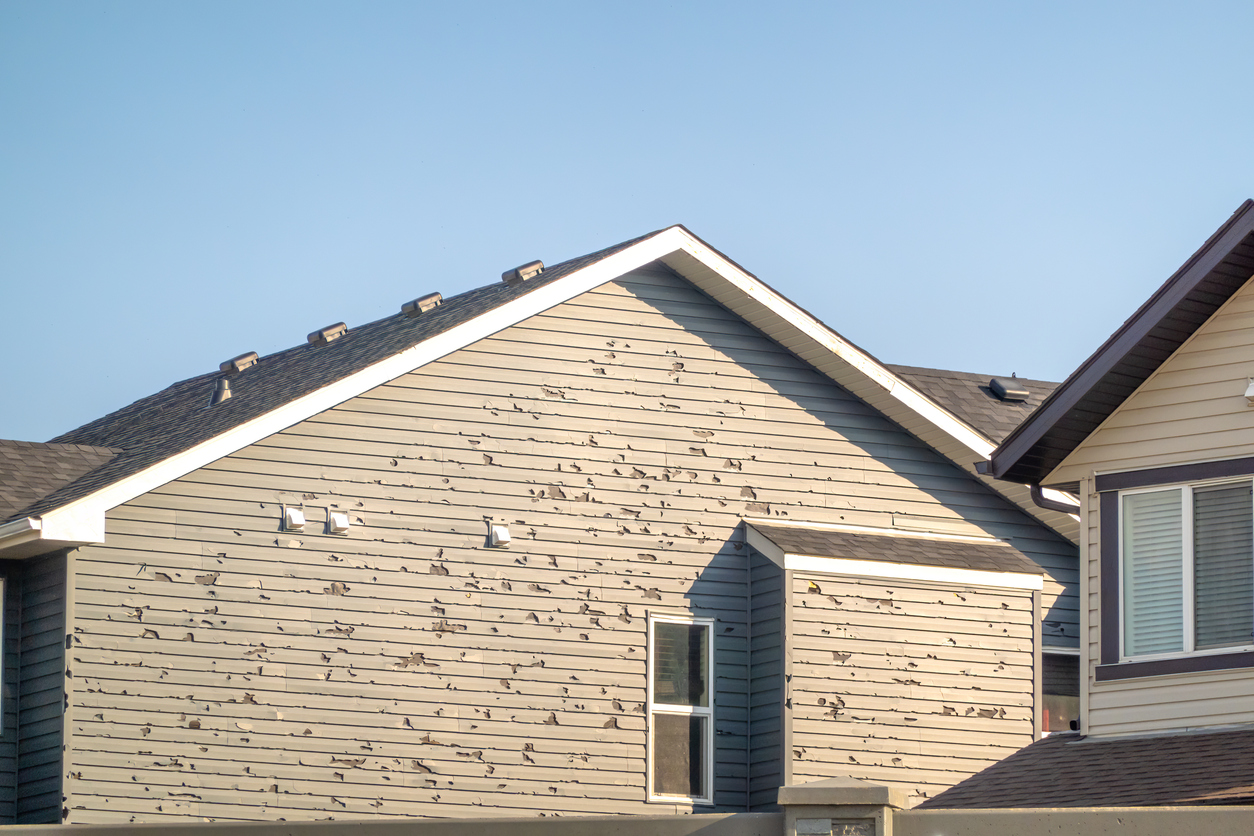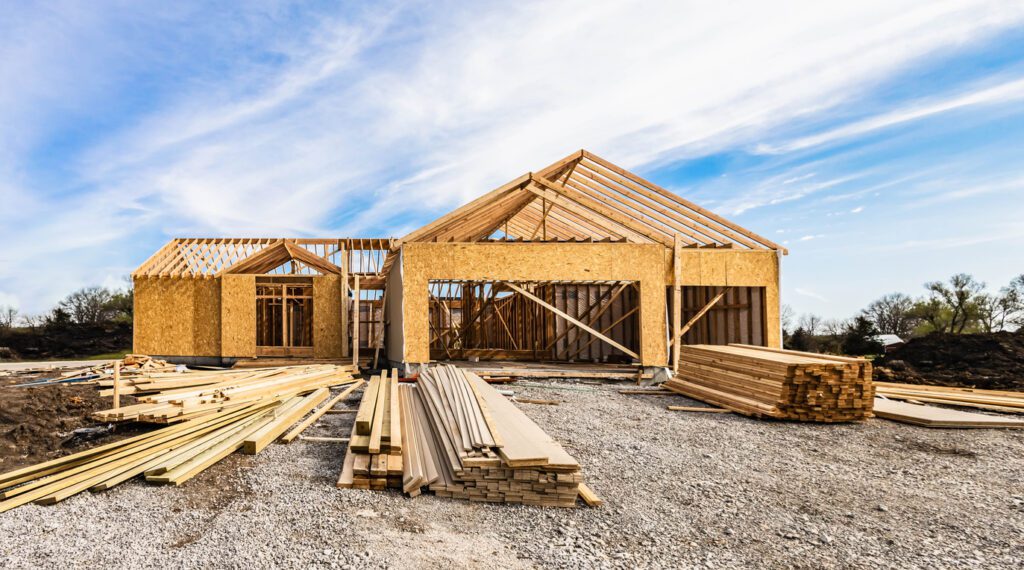In this post, we’ll explain how storm-chasing scammers operate, red flags to watch out for, and steps you can take to protect yourself and your home.
On March 14, 2025, a severe hailstorm struck Owensboro, Kentucky, causing significant damage to vehicles and properties across Daviess County. Reports indicate hailstones as large as baseballs, leading to cracked windshields and dented vehicles. In the aftermath of such events, homeowners become prime targets for unscrupulous contractors known as “storm chasers,” who exploit the urgency of repairs to defraud victims.

Storm chasers are contractors who travel to areas recently affected by severe weather events, offering repair services to homeowners. While some may be legitimate, many are unlicensed, uninsured, and prioritize quick profits over quality work. They often pressure homeowners into swift decisions, perform substandard repairs, or vanish after receiving payment, leaving homeowners with unresolved issues
How Storm Chasing Scammers Operate
Storm chasers move quickly, targeting areas hit hardest by hurricanes, hailstorms, tornadoes, or other severe weather. Here’s how they typically work:
1. They go door-to-door – Scammers often show up unannounced, claiming they were “already in the neighborhood” or that they noticed damage to your home.
2. They pressure you to act fast – They insist that repairs need to be done immediately, using fear tactics about further damage or insurance deadlines.
3. They demand large upfront payments – Some scammers ask for a big deposit before starting work and then disappear without completing the job.
4. They offer to handle your insurance claim – They may insist on working directly with your insurance company, often inflating costs or even committing fraud.
5. They use poor-quality materials or cut corners – If they do any work at all, it’s often rushed, shoddy, and won’t last.

To protect yourself from potential scams, be vigilant for the following warning signs:
• Unsolicited Offers: Be cautious of contractors who appear at your door uninvited, claiming to have noticed damage or offering free inspections.
• High-Pressure Tactics: Scammers often create a false sense of urgency, insisting that repairs must be done immediately to prevent further damage or to comply with insurance deadlines.
• Upfront Payments: Demanding full payment or large deposits before starting work is a common tactic among fraudulent contractors.
• Lack of Local Presence: Contractors without a local office, verifiable references, or those who cannot produce proper licensing and insurance documentation should raise concerns.
Steps to Protect Yourself
1. Research Contractors: Before hiring, verify the contractor’s credentials, read reviews, and consult the Better Business Bureau for any complaints.
2. Get Multiple Estimates: Obtain quotes from several reputable contractors to compare prices and services.
3. Verify Licensing and Insurance: Ensure the contractor holds the necessary licenses and insurance to operate in your area.
4. Avoid Large Upfront Payments: Reputable contractors typically require payment upon completion or in agreed-upon installments.
5. Consult Your Insurance Company: Before starting repairs, discuss the damage and coverage with your insurance provider to understand your options and obligations.

In the wake of Owensboro’s recent hailstorm, it’s crucial to remain vigilant against storm chaser scams. By recognizing the warning signs and taking proactive steps, you can protect yourself and ensure your home is repaired by qualified professionals
Storm-chasing scam contractors prey on stressed and vulnerable homeowners, but by staying informed and cautious, you can protect yourself from fraud. If you ever feel pressured or uneasy about a contractor, trust your instincts and seek out a reputable, local professional instead.
Have you encountered a storm-chasing scammer before? Share your experience in the comments to help others stay informed!
1. Owensboro hailstorm damage report: https://www.owensborotimes.com/news/2025/03/hail-storm-leaves-widespread-vehicle-and-property-damage-across-daviess-county/?utm_source=chatgpt.com
2. How to spot storm-chasing roofing companies: https://www.hailsolve.com/blog/how-to-spot-storm-chaser-roofing-companies?utm_source=chatgpt.com
3. Tips to avoid storm-chasing scams: https://www.billraganroofing.com/blog/tips-avoid-scammed-storm-chasing-roofing-company?utm_source=chatgpt.com
4. Avoiding roofing scams after storms: https://universalproperty.com/9-techniques-to-not-fall-prey-to-roofing-scams-after-storms/?utm_source=chatgpt.com
5. Signs of storm-chasing contractors: https://jkroofing.com/5-clues-that-a-storm-chaser-is-at-your-door?utm_source=chatgpt.com
6. Why local roofers are better than storm chasers: https://www.visexterior.com/blog/avoid-roofing-scams-local-roofers-vs-storm-chasers?utm_source=chatgpt.com
7. Dangerous weekend tornado outbreak report: https://www.axios.com/2025/03/14/severe-storms-tornado-outbreak-midwest-southeast?utm_source=chatgpt.com
8. Midwest and South tornado damage report: https://people.com/at-least-17-dead-after-tornadoes-rip-through-midwest-south-11697741?utm_source=chatgpt.com
9. Veteran roofing scam case: https://www.the-sun.com/news/13024181/veteran-roofing-scam-omaha-nebraska/?utm_source=chatgpt.com




0 Comments